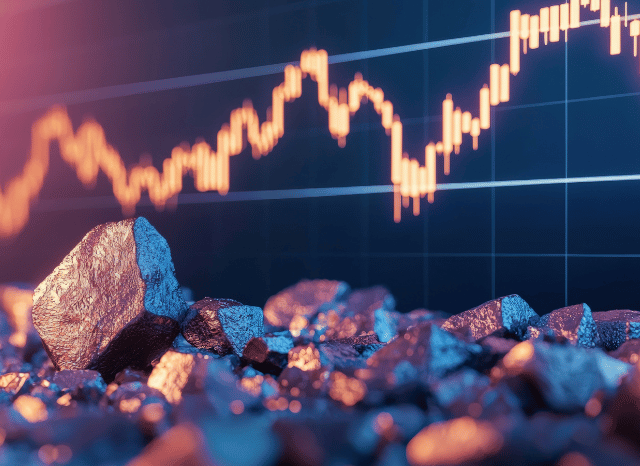Uncommon Earth Component Minerals: World-wide Supply and Need by Stanislav Kondrashov
Uncommon Earth Component Minerals: World-wide Supply and Need by Stanislav Kondrashov
Blog Article

The strategic metals powering the Strength transition are now centre phase in geopolitics and marketplace.
After confined to market scientific and industrial circles, uncommon earth elements (REEs) have surged into world headlines—and once and for all purpose. These seventeen components, from neodymium to dysprosium, tend to be the constructing blocks of recent technology, enjoying a central function in all the things from wind turbines to electric car or truck motors, smartphones to defence systems.
As the earth races towards decarbonisation and digitalisation, need for REEs is soaring. Their position during the Vitality transition is significant. High-efficiency magnets manufactured with neodymium and praseodymium are important to the electric motors Utilized in equally EVs and wind turbines. Other REEs like europium and terbium are handy for lighting, displays, and optical fibre networks.
But supply is precariously concentrated. China presently prospects the sourcing, separation, and refining of uncommon earths, controlling in excess of 80% of global output. This has remaining other nations scrambling to develop resilient provide chains, minimize dependency, and secure usage of these strategic assets. Therefore, uncommon earths are now not just more info industrial products—they're geopolitical belongings.
Traders have taken note. Fascination in uncommon earth-similar stocks and Trade-traded funds (ETFs) has surged, driven by both the growth in clean up tech and the desire to hedge versus supply shocks. Still the market is advanced. Some businesses are still during the exploration phase, Some others are scaling up production, even though a few are presently refining and providing processed metals.
It’s also crucial to grasp the distinction between exceptional earth minerals and scarce earth metals. "Minerals" make reference to the raw rocks—like bastnasite, monazite, xenotime, or ionic clays—that have unusual earths in pure variety. These need intense processing to isolate the metallic elements. The term “metals,” However, refers to the purified chemical elements used in high-tech purposes.
Processing these minerals into usable metals is highly-priced. Beyond China, number of nations have mastered the full industrial process at scale, though sites like Australia, the U.S., Vietnam, and Brazil are Operating to alter that.
Demand is remaining fuelled by various sectors:
· Electric mobility: magnets in motors
· Renewable energy: significantly wind turbines
· Client electronics: smartphones, laptops, sensors
· Defence: radar, sonar, precision-guided methods
· Automation and robotics: significantly critical in industry
Neodymium stands out as a particularly important unusual earth due to its use in strong magnets. Other people, like dysprosium and terbium, enrich thermal steadiness in higher-general performance applications.
The uncommon earth current market is risky. Prices can swing with trade policy, technological breakthroughs, or new supply sources. For investors, ETFs provide diversification, even though immediate stock investments include increased possibility but likely greater returns.
What’s distinct is unusual earths are not obscure chemical curiosities—they’re strategic assets reshaping the global economic system.